Bhutan hopes its dam building programme can fuel a green economy and help the country achieve its ambitious conservation goals. Hydropower provides low carbon power for export to India– and since most of the dams are run-of-the-river there is little footprint on the country’s pristine forests (the preservation of which make it the world’s most carbon negative country).
But the small Himalayan country is vulnerable to water stress and extreme weather. Given the scale of the hydropower projects and the importance to Bhutan’s economy, the impact of climate change on future river flow and power production is a mounting concern.
The country’s first national water plan released last month sheds more light on the risks and is a sign leaders are trying to take a more integrated approach to water and hydropower planning. This new national water plan is based on 18 months of studies and hydrological modelling done by the National Environment Commission and hydro-met department, with support from the Asian Development Bank.
Here are the key findings:
- Dam plans
So far Bhutan has only developed about 1,500 megawatts out of its economically feasible 24,000 MW of hydropower. The country has set ambitious goals to develop 10,000 MW by 2020. Three major projects – the Punatsangchhu I and II and the Mandechhu – are under construction and scheduled to be completed by 2017-18 and the rest are due to start soon, despite delays and escalating costs of existing projects.
Click here for a larger version of the map.
In the long run Bhutan envisages 74 dams built in five cascades across its river basins. This will also involve the construction of major transmission lines across the high Himalayan peaks to take the power to India, and eventually, it is hoped, to Nepal and Bangladesh.
Some of the largest projects will be reservoir dams and flood large areas in deep river gorges – though the amount of agricultural land and villages lost will still be limited.
Most of the investment is coming from India – through a mix of grants and loans. India has also agreed in principle to buy the 20,000 MW of electricity that Bhutan produces – though its aggressive solar drive could dampen demand in the future. Hydropower is driving the country’s economy (with growth rates of over 6% in recent years) but has also led to high levels of debt, equal to Bhutan’s annual GDP.
- More water and sediment increase flood risks
More rain is expected in the future, particularly in the south of the country and during the monsoon. This will increase runoff in rivers and flood risks in the wet season, “calling for new design procedures for water works” including hydropower.
Over the next fifty years (to 2045) river flow may increase 26% in the Wangchhu; 7% in the Punatsangchhu; and up to 38% in the Mangdechhu and Drangmecchu basins.
Fast flowing water will also carry more sediment down from the already heavily silt-laden rivers of the Himalayas. This silt will block up the turbines of hydropower projects and prevent them from producing power. Sediment will also settle along the river, further increasing risks of flash floods and landslides, already major risks in the steep terrain of Bhutan.
Glacier loss exacerbates the risks – Bhutan has lost over 20% of its glaciers since 1980 according to ICIMOD. Melting glaciers further boost river flow or form glacial lakes which could burst and “pose a serious threat to downstream communities,” the plan points out.
The largest glacier in Bhutan is in the Punatsangchhu basin, where two of the largest hydropower projects are already underway and particularly at risk.
Explore glacier change across Bhutan with our interactive data app.
- Low river flow in winter will reduce power output
“There is also an expected trend towards lesser river flows in winter, although no change in minimum flow,” the plan states. Higher levels of sediment could also further reduce winter flow.
Because Bhutan’s dams are run of the river the power generation fluctuates with the strongly seasonal river flow. Low river flows during the winter already mean that Bhutan has to import power from India at a much higher price during the dry season.
- Lack of data
Future projections and climate assessments are constrained by “data shortages”, the plan admits.
Weather and discharge monitoring stations are unevenly distributed over the country and the data from the past thirty years – considered the minimum requirement for reliable modelling – is not available. Therefore, predictions are increasingly uncertain once downscaled to the local level – for districts or “gewogs” (group of villages).
This could also explain widespread reports of localised water shortages across the country – despite the supposed increase in rainfall. A number of rainfall gauges across the country have shown a drop in rainfall, with no discernible pattern, the water plan points out.
See also: Bhutan struggles with local water shortages
Many of Bhutan’s rivers flow from China and this adds to the uncertainties since data is not shared across borders. “Hydropower generation is to some degree dependent on flow from China in the Amochhu and Drangmechhu basins, leaving Bhutan vulnerable,” the plan states.
- Competition for land
A number of dams in the pipeline (the Amochhu, Bunakha and Sankosh) involve large reservoir dams and may cause loss of agricultural land due to inundation – which could hinder Bhutan’s policy objective of achieving food self-sufficiency. Currently the country has to import most of its cereal from India.
Bhutan has very little agricultural land because of the rugged, steep terrain and existing land is under pressure from economic growth and urbanization. The area under wheat cultivation has fallen by 75% and maize and paddy land has decreased by about quarter over the past decade.
- Environmental impacts
Environmental issues are glossed over in the national plan. “The impact of dam building is local and relates mainly to land acquisition and temporary disturbance caused by construction,” the plan states.
“Remedial measures for negative impacts have been proposed, but their implementation is not closely monitored. Moreover, the cumulative impacts of hydropower plants are not being studied.”
Given the vast number of projects planned –it is essential to look at the combined impacts of these dam cascades, but this major issue is similarly ignored in countries across the Himalayan region.
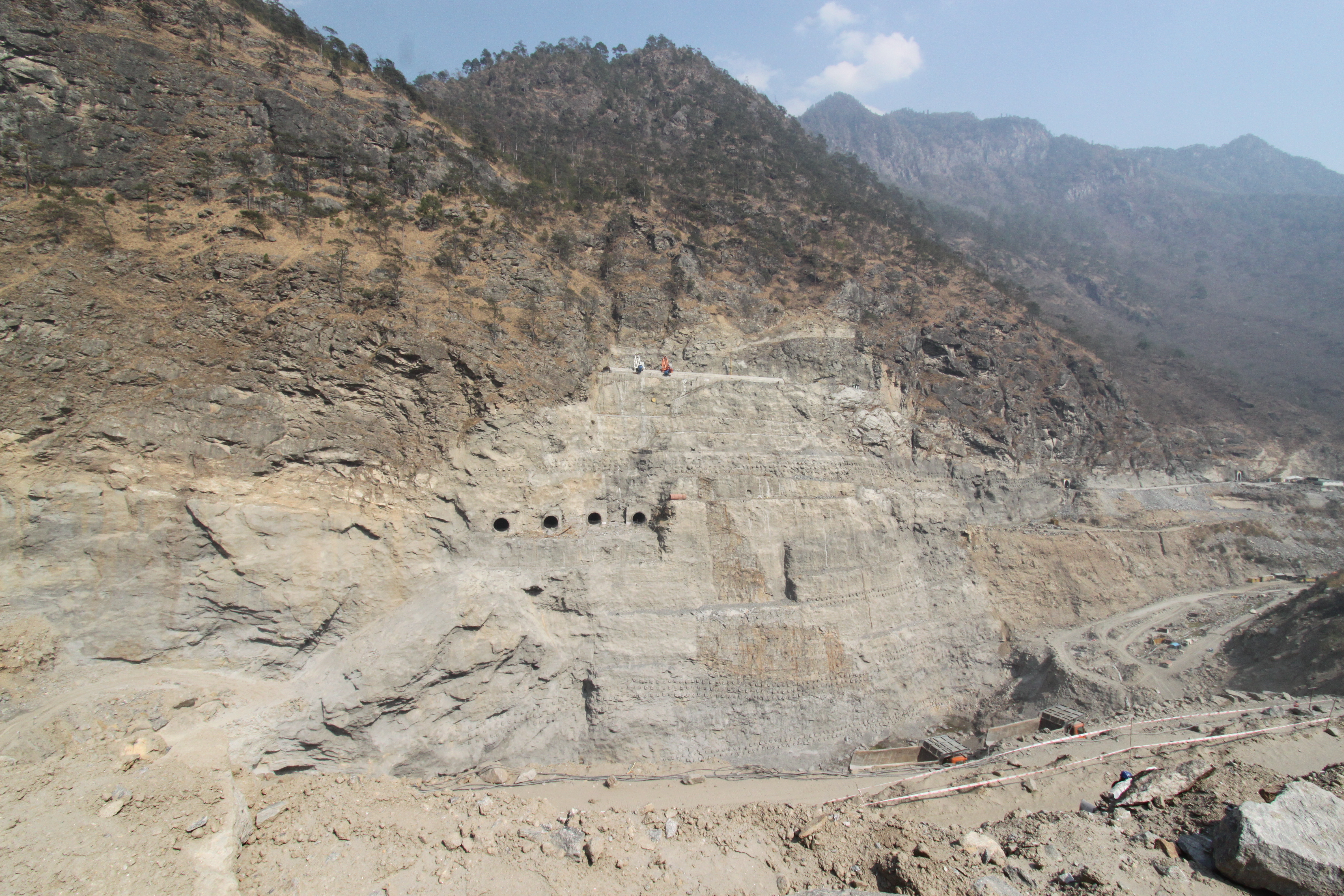
Without a more holistic assessment it is impossible to know whether safe water levels can be maintained in Bhutan’s rivers – and whether sufficient power will be produced in the long term.
Under Bhutan law, the environmental flow – the amount of water in the river – has to be maintained at 30% of the lean period flow. However, this goal appears more aspirational than scientific. The various environmental impact assessments for each dam project apply different methodologies for assessing environmental flows, the plan points out and “enforcement of environmental flows is weak in Bhutan”.
- Small hydropower
Smaller dams could ensure power and sufficient water supplies to the remotest villages of the country, which still have no road access or the most basic services
Various sites were identified for small and micro hydropower back in 2003, though the focus has been on large-scale dams. The national water plan also identifies four locations that may have potential for building multi-purpose reservoirs (Haa, Burichhu, Yunari, and Nikachhu).
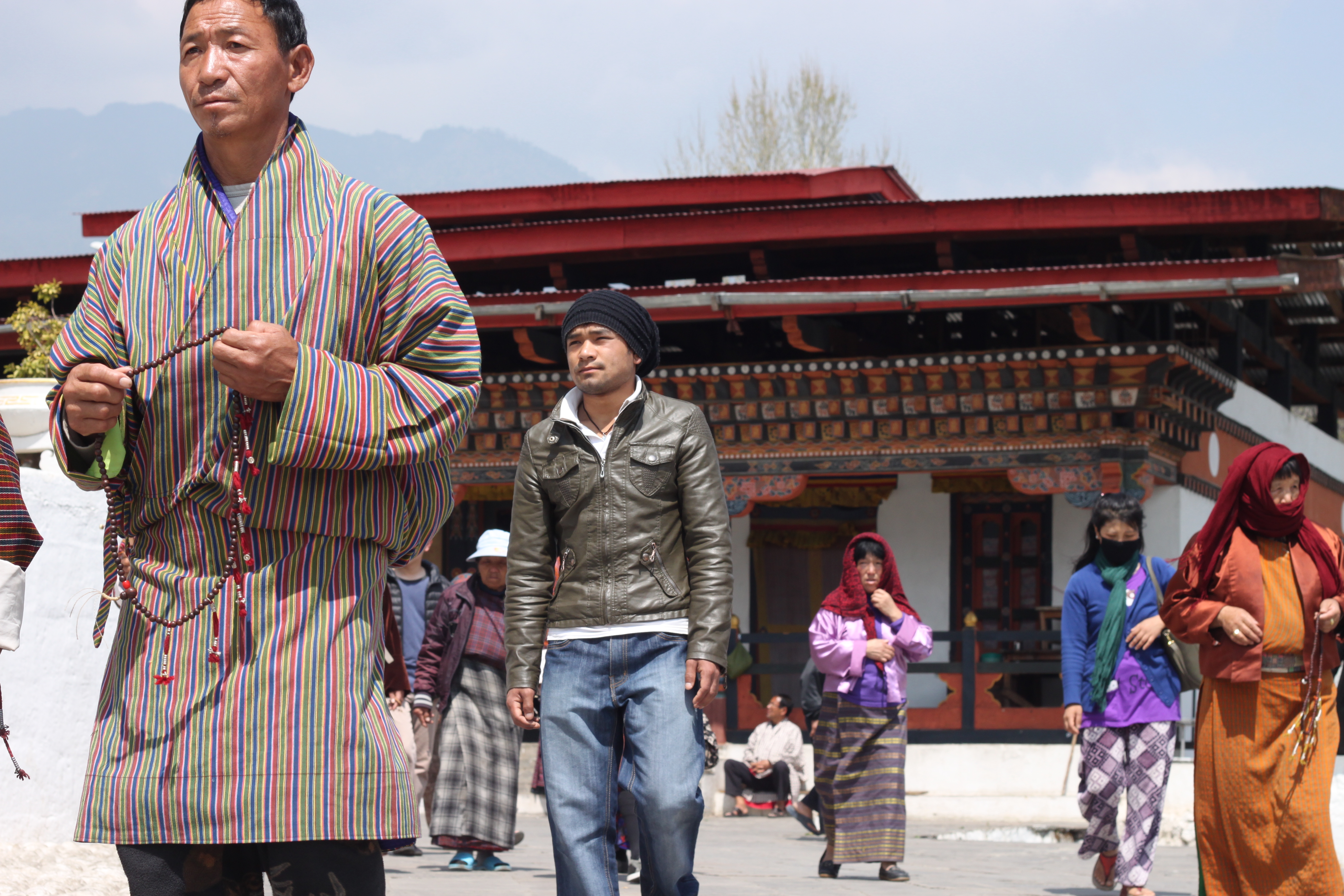
Who benefits from dams?
Some critics within Bhutan have pointed out that large dam projects like the Punatshangchhu do not benefit local communities. Last year, an online petition to keep at least one of Bhutan’s major river systems, the Chamkharchhu, free flowing sparked a public debate on the economic impact of dams.
The dam in question is to be located in upper Kheng in Zhemgang, one of the most impoverished in Bhutan. Local MP Lekey Dorji told the Kuensal that the dam was the only way to bring roads, electricity and basic amenities to the area.
Yeshy Dorji, the photographer and environmentalist who drew up the petition, has questioned this. In parts of Chukha – which now has two hydropower dams and has become a major trading hub – “more than 50% of people still live in abject poverty” he has written on his blog. Local trucking companies and mining companies have become bankrupt, having lost out to larger project contractors from outside, he says.
Yeshey Dorji believes that water will be more valuable export than power in the long run, to countries like India and Bangladesh, where water scarcity and pollution are already pressing issues.
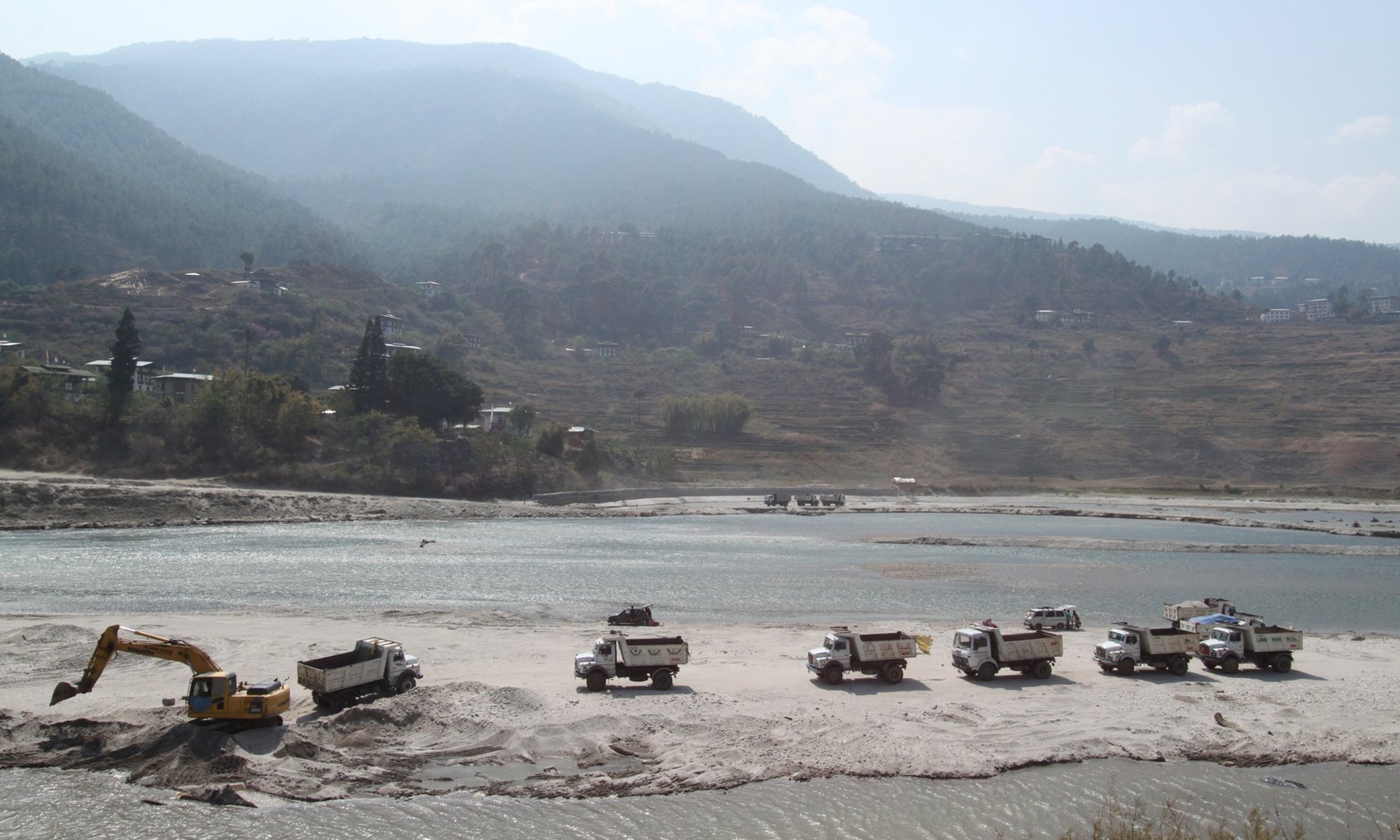

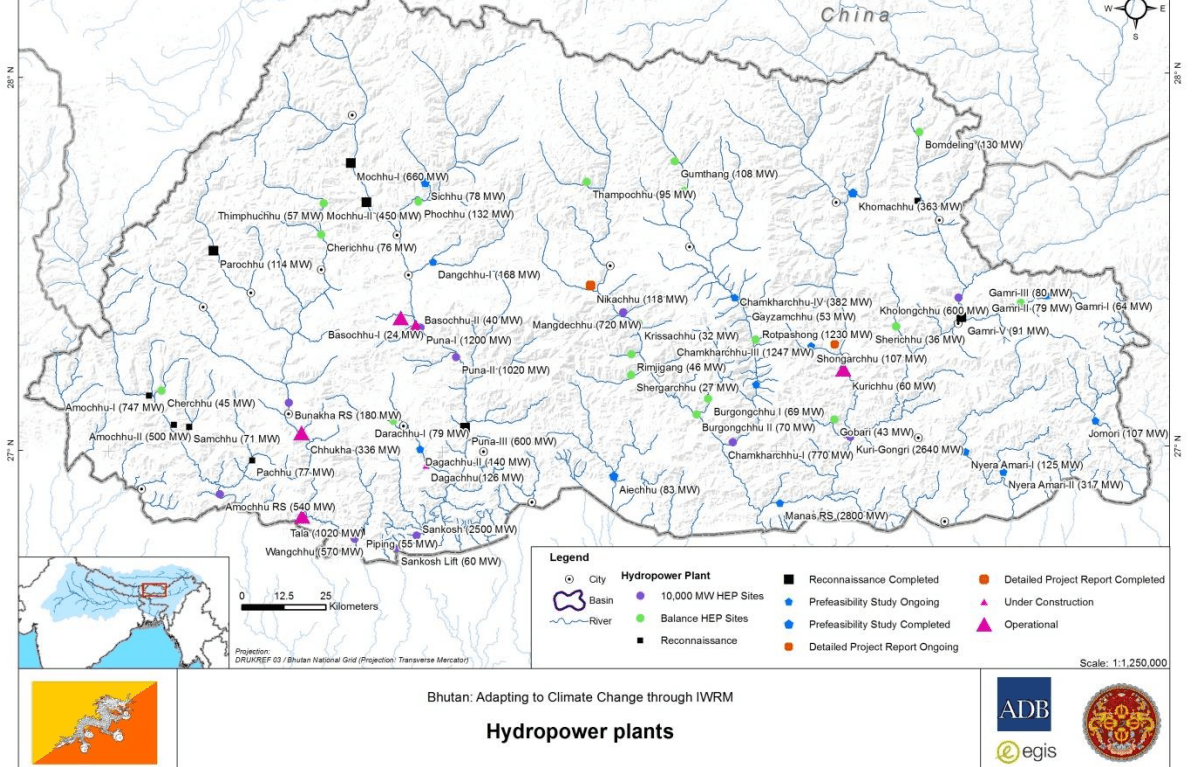




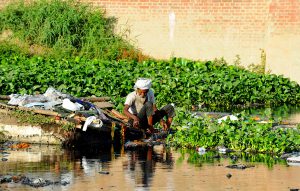
![Snow and rain in April 2016 was disastrous for Gilgit-Baltistan [image courtesy Pamir Times]](https://dialogue.earth/content/uploads/2016/04/snow-picture-Credit-to-PAMIR-Times-300x169.jpg)